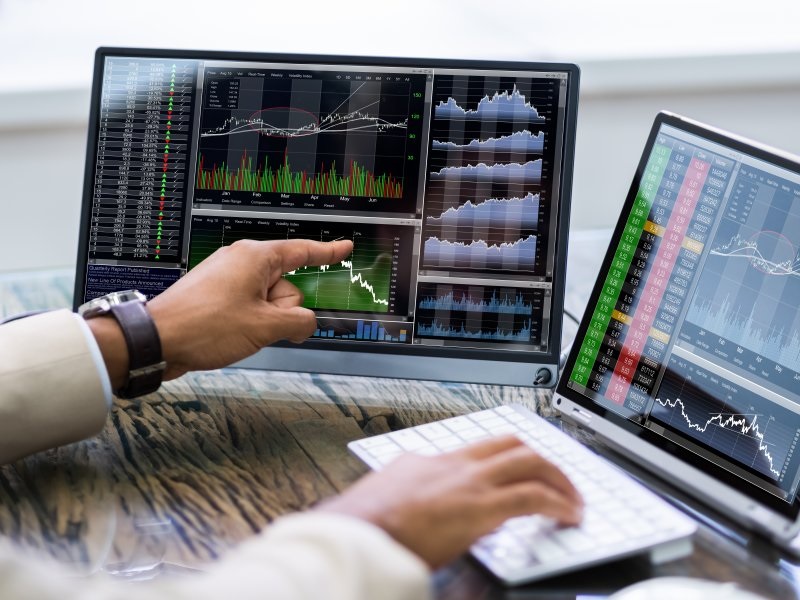The differences between CFD and futures are often misunderstood or misrepresented by people in the industry. This can lead to an asymmetric understanding of both markets, giving one an advantage over the other.
What are CFDs?
A CFD is a financial instrument that allows you to make an educated guess regarding whether the price of an asset will be higher or lower in the future without having possession of it. It is not strictly just ‘the difference’ though, because you have to pay any dividends, taxes or fees, so they aren’t entirely tax efficient. To give you a comparison, equity trading within most countries is highly tax-efficient but can also hold profound capital gains implications for traders outside their home country.
What are futures?
On the other hand, futures represent an agreement to buy or sell a specific asset at a predetermined price on a particular date in the future. Futures contracts are often used to hedge risk but can also be used for speculation. For example, if you believe that the price of oil will rise in the future, you could purchase a futures contract to ensure that you benefit from that price increase.
The key difference between CFDs and futures
The critical difference between CFDs and futures is that when you trade a CFD, you are trading the instrument itself; while you trade futures, you are trading the contract. It has several implications.
Flexibility
The most typical type of CFD is a binary option, which allows you to take either a long or short position on an underlying asset. This gives you more freedom when trading because
Margined
When CFDs are margined, meaning that you only need to put down a fraction of the total trade value as collateral. You can take more significant positions with less capital. For example, if you wanted to buy 1000 barrels of oil on the futures market, you would need to have $100,000 in your account. However, with a CFD, you could buy the same amount of oil for just $1,000.
Costs
Futures contracts are generally more expensive than CFDs. It’s because when you trade a future, you are committing to buying or selling an asset at a specific price. On the other hand, CFDs are leveraged products, so you only need to put down a fraction of the total trade value.
The risks of CFD and Futures trading
CFD and Futures trading risks are significant and should not be taken lightly. These types of trading can lead to substantial losses if you are not careful.
CFDs, or contracts for difference, allow you to trade on the price movements of assets without actually owning them. It can be a risky proposition, as the value of the CFD can move quickly and in either direction. If the market moves against you, you could lose a lot of money fast.
Futures contracts are even riskier. They allow you to agree to buy or sell an asset at a specific price on a particular date in the future. If the market moves against you, you could be forced to buy or sell the asset at a loss. Futures contracts can also be precarious if you do not have the proper knowledge and experience.
Summary
Both CFDs and futures have pros and cons, but what is suitable for you depends on your trading style and goals. CFDs are probably the better option if you are looking for a more flexible product that allows you to go long or short. If you are looking to hedge risk or trade on the underlying asset itself, then futures may be a better choice. You decide which market best suits their needs. New traders are advised to use reputable online brokers Saxo Bank and use a demo account before investing their own money. For more information, visit the site here https://www.home.saxo/en-sg/products/cfds.













